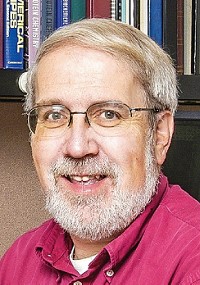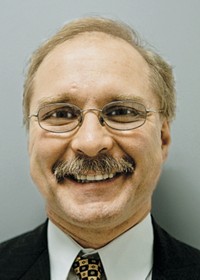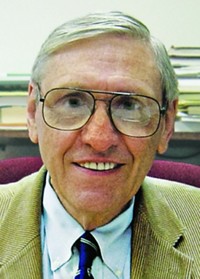Advertisement
Grab your lab coat. Let's get started
Welcome!
Welcome!
Create an account below to get 6 C&EN articles per month, receive newsletters and more - all free.
It seems this is your first time logging in online. Please enter the following information to continue.
As an ACS member you automatically get access to this site. All we need is few more details to create your reading experience.
Not you? Sign in with a different account.
Not you? Sign in with a different account.
ERROR 1
ERROR 1
ERROR 2
ERROR 2
ERROR 2
ERROR 2
ERROR 2
Password and Confirm password must match.
If you have an ACS member number, please enter it here so we can link this account to your membership. (optional)
ERROR 2
ACS values your privacy. By submitting your information, you are gaining access to C&EN and subscribing to our weekly newsletter. We use the information you provide to make your reading experience better, and we will never sell your data to third party members.
Materials
ACS Award For Computers In Chemical & Pharmaceutical Research
Sponsored by Schrödinger
by Amanda Yarnell
January 4, 2010
| A version of this story appeared in
Volume 88, Issue 1
It was a secondhand microscope that pushed Kenneth M. Merz Jr. into a career in science. The state-of-the-art instrument, brought home from work by his materials scientist father, gave the young Merz his first look at the denizens of local Pennsylvania pond scum.
Now a professor of chemistry and codirector of the Quantum Theory Project at the University of Florida, Merz has made a career out of exploring the inner workings of biological systems. His "microscope" of choice these days, however, is quantum mechanics.
Merz, 50, was one of the first people to tackle complex chemical problems in biology with quantum mechanical methods, according to Irwin D. Kuntz, a physical chemist and an emeritus professor of pharmaceutical chemistry at the University of California, San Francisco. Physical chemists have long believed that molecular recognition and molecular interaction problems should ideally be attacked by quantum mechanics, he says. But for many years, such problems remained too computationally intensive to be tackled with anything but approximate approaches based on molecular mechanics. Merz, taking advantage of the exponential advances in computer processing power that took place in the early 1990s, devised a way to break large biological systems into smaller parts that could be more easily addressed by quantum mechanics.
"Building on these insights, the Merz group has made a series of critical advances that have allowed quantum-mechanical-level treatments of many of the most interesting issues in computational biology," Kuntz adds. As examples, he points to Merz's efforts to use quantum mechanics to look at how proteins interface with the solvent that surrounds them and to model protein-drug interactions.
Thanks to Merz's experience working in both academia and at pharmaceutical services provider Pharmacopeia (now a part of Ligand), "he has a clear idea of how his pioneering work in quantum mechanics can be applied to real-world problems of relevance to the pharmaceutical industry," according to a collaborator at a major drug firm.
More recently, Merz has developed quantum mechanical methods to refine structures obtained by X-ray crystallography and nuclear magnetic resonance spectroscopy. He also introduced a quantum-mechanical algorithm for computing the NMR chemical shifts of entire proteins. The latter method "will play a major role in the area of structural biology," Kuntz predicts.
Merz received a B.S. degree in chemistry from Washington College in 1981 and a Ph.D. in organic chemistry from the University of Texas, Austin, in 1985. After postdoctoral fellowships at Cornell University and the University of California, San Francisco, Merz took a faculty position at Pennsylvania State University in 1989. While still teaching at Penn State, Merz led a computational group at Pharmacopeia from 1998 to 2001. In 2005, he moved to the University of Florida.
Merz has been a fellow of the American Association for the Advancement of Science since 1999. He won a coveted Guggenheim fellowship in 1996.
Merz will present the award address before the Division of Computers in Chemistry.






Join the conversation
Contact the reporter
Submit a Letter to the Editor for publication
Engage with us on Twitter